My initial interest in visiting Zanzibar was largely driven by the name. How many countries start with the letter Z (answer: 3, Zaire, Zambia, Zimbabwe). But Zanzibar is not a country you say? Tell that to the customs agent as you enter / leave via the airport.
Our visit to Zanzibar immediately followed our tour of the Serengeti and thus was a contrast of extremes: from the dry-warm wide-open un-congested planes of the Serengeti to the hot-humid crowded narrow and winding streets of Stone Town. An island in the Indian Ocean. By 10 AM one feels the heat.
We arrived late afternoon on a Saturday. Our first mission was to transfer from the airport to the hotel. We expected to pay no more than 10,000 Shillings (which is about $6.25) for a taxi; the initial offer was 25,000. We settled on 16,000 shillings or about $10.
We settled in on the roof-top restaurant of our hotel after getting our rooms. It had a cool breeze and a good view of the Indian Ocean. Tired from a day where we crossed nearly half of Tanzania from Ngorongoro Crater, through Arusha, ending on the coast in Zanzibar, we remained on our rooftop perch until the sun set and dinner was done. Then we coasted down the stairs to our rooms which were nicely cooled by the air conditioner.
Stone Town may be like many old towns with narrow, winding streets; buildings that could use some work. Yet what I noticed was how well dressed everyone was. The women in colourful outfits, which more often than not included head scarves or hajabs. It exposed maturity and culture and means beyond what the surroundings might suggest. It provided a sense of comfort.
The narrow streets offer no room for cars; mostly people with the occasional bicycle and motorcycle. We walked around the town, past St. Joseph’s Church to the former slave chambers and then to the food market located on “Creek Road”, the boundary of the old part of Stone Town.
Darajani Market is a federation of several sections dedicated to selling meat, fish, vegetables, spices, poultry, and fruit. The market appears original an untouched; the crowds of people, the noise, the flies. While I could have felt out of place, no one noticed. Outside the market were street vendors selling food; people clustering around posted newspapers; others resting in the shade.
We continued walking through Stone Town; the street we travelled opened up to the beach, with cooler winds. We arrived at the former British Embassy and now a restaurant-bar. We spoke at length with a patriotic fisherman. He explained the political objectives of Zanzibar at length. He was a fluid and emotional speaker, passionate about his city, and country (Zanzibar).
Hiring a car and driver we got to the coast and the beaches, to Ras Nungwi on the northern part of the island. Along the way we stopped in a spice farm. This provided a different view of Zanzibar; a place populated mostly by tourists, most sitting in the shade enjoying a quiet white-sand beach on a warm blue ocean.
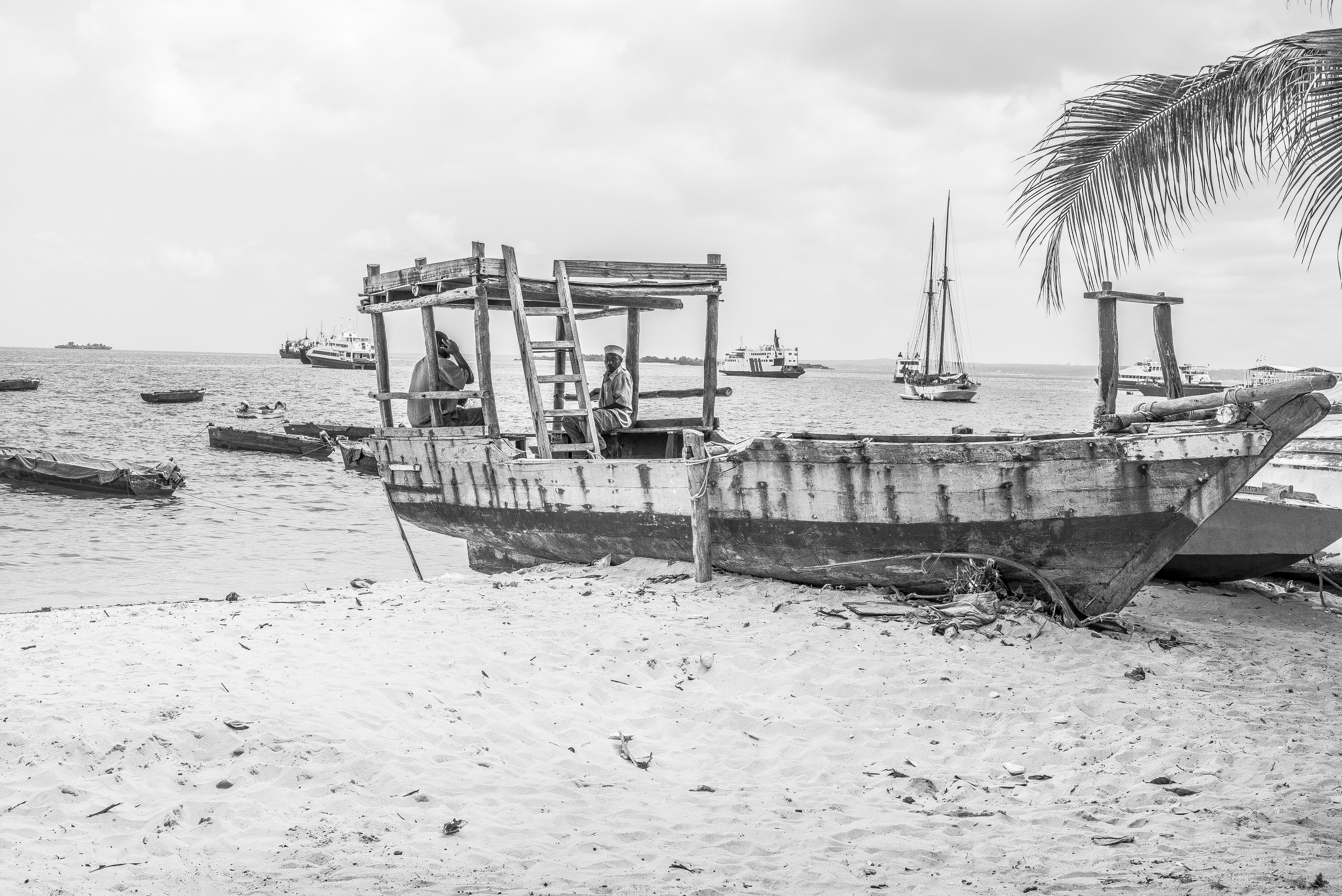
Fishing Boat
A beached fishing boat just outsidethe Stone Town Harbour, Zanzibar
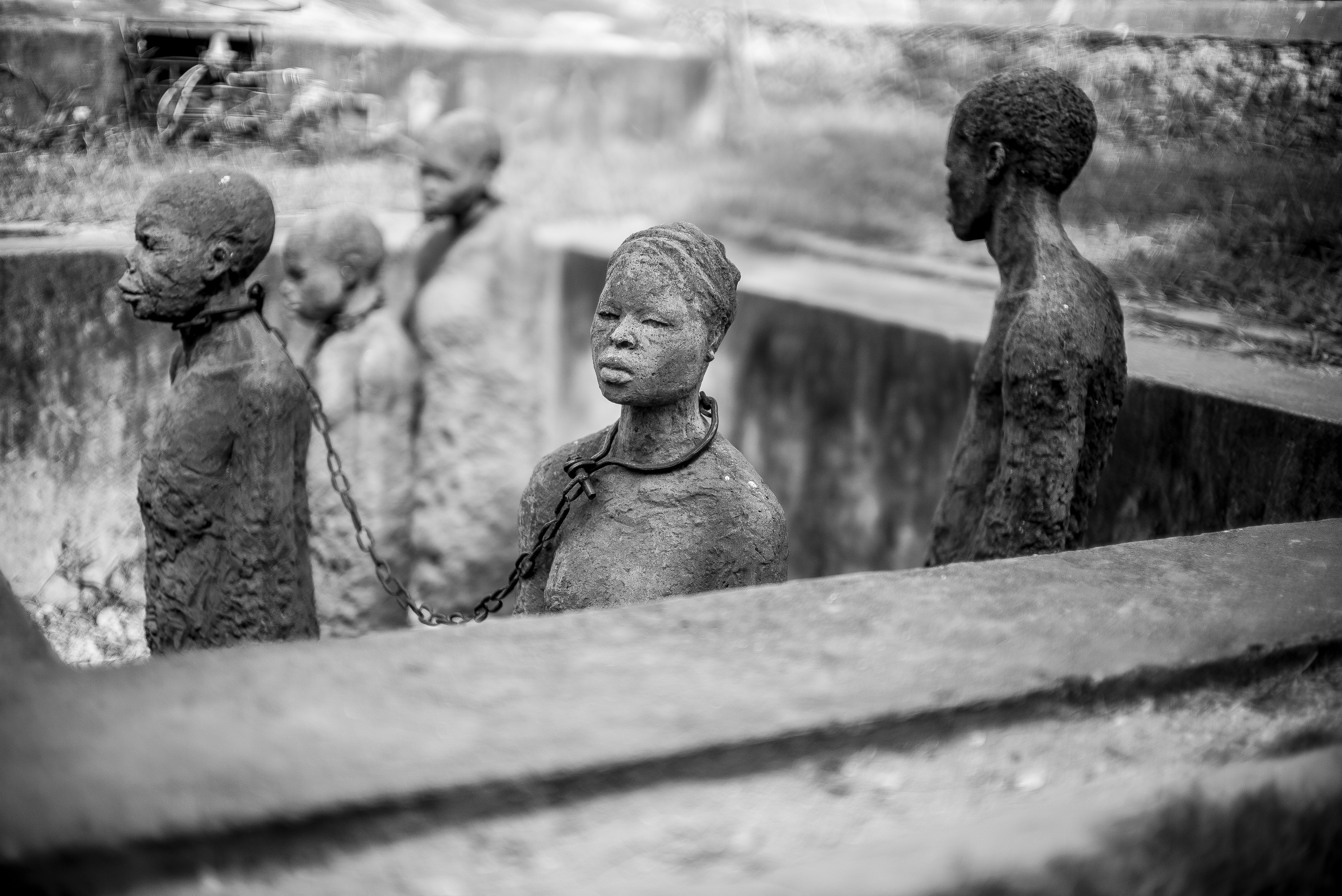
Monument
The Monument to the slaves in Zanzibar. Zanzibar was the centre of the Arab slave trade until the mid to late 19th century.
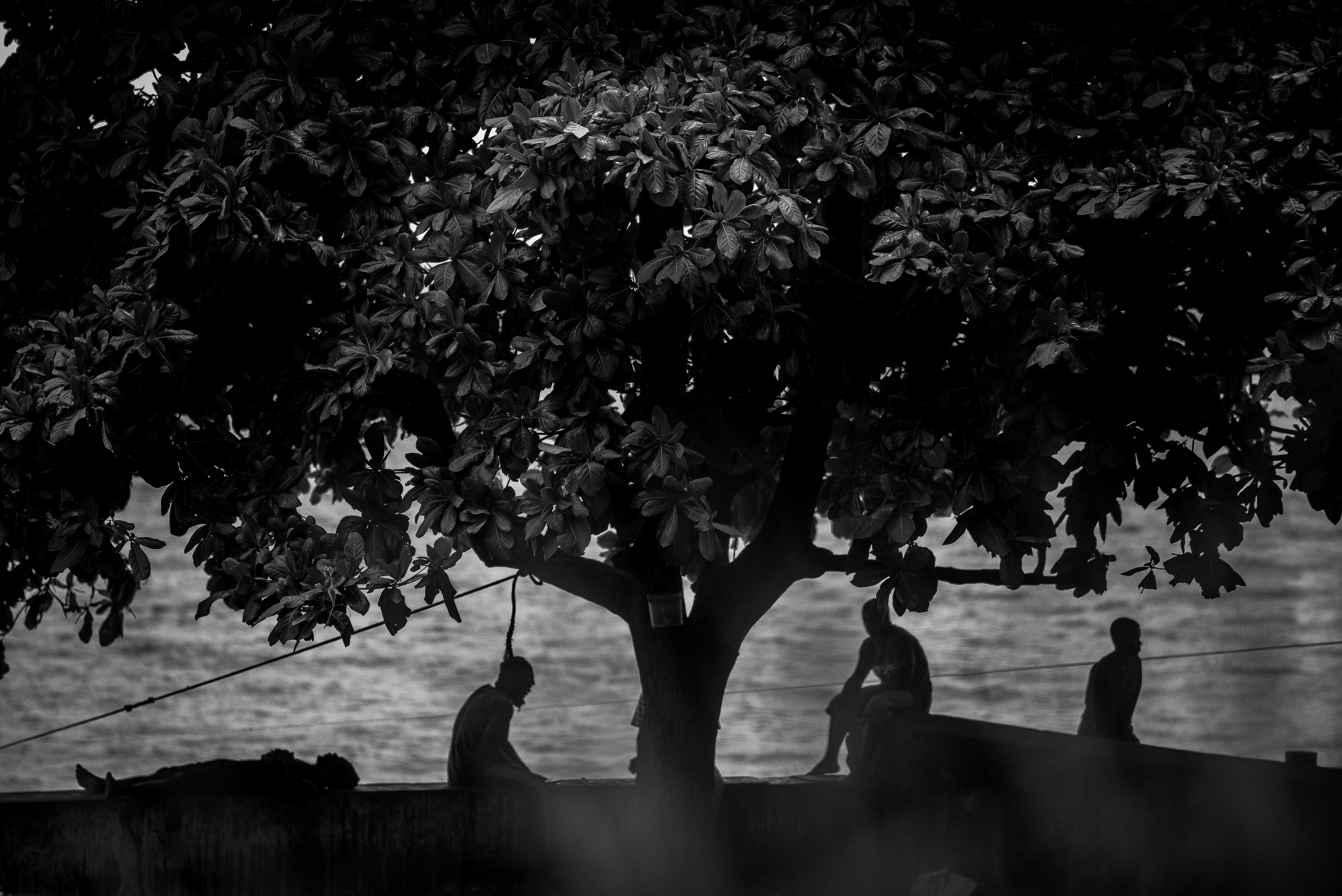
Shade
Resting in the shade under a large tree in the mid-day sun, Stone Town, Zanzibar. Only mad dogs and Englishmen stand out in the mid-day sun.
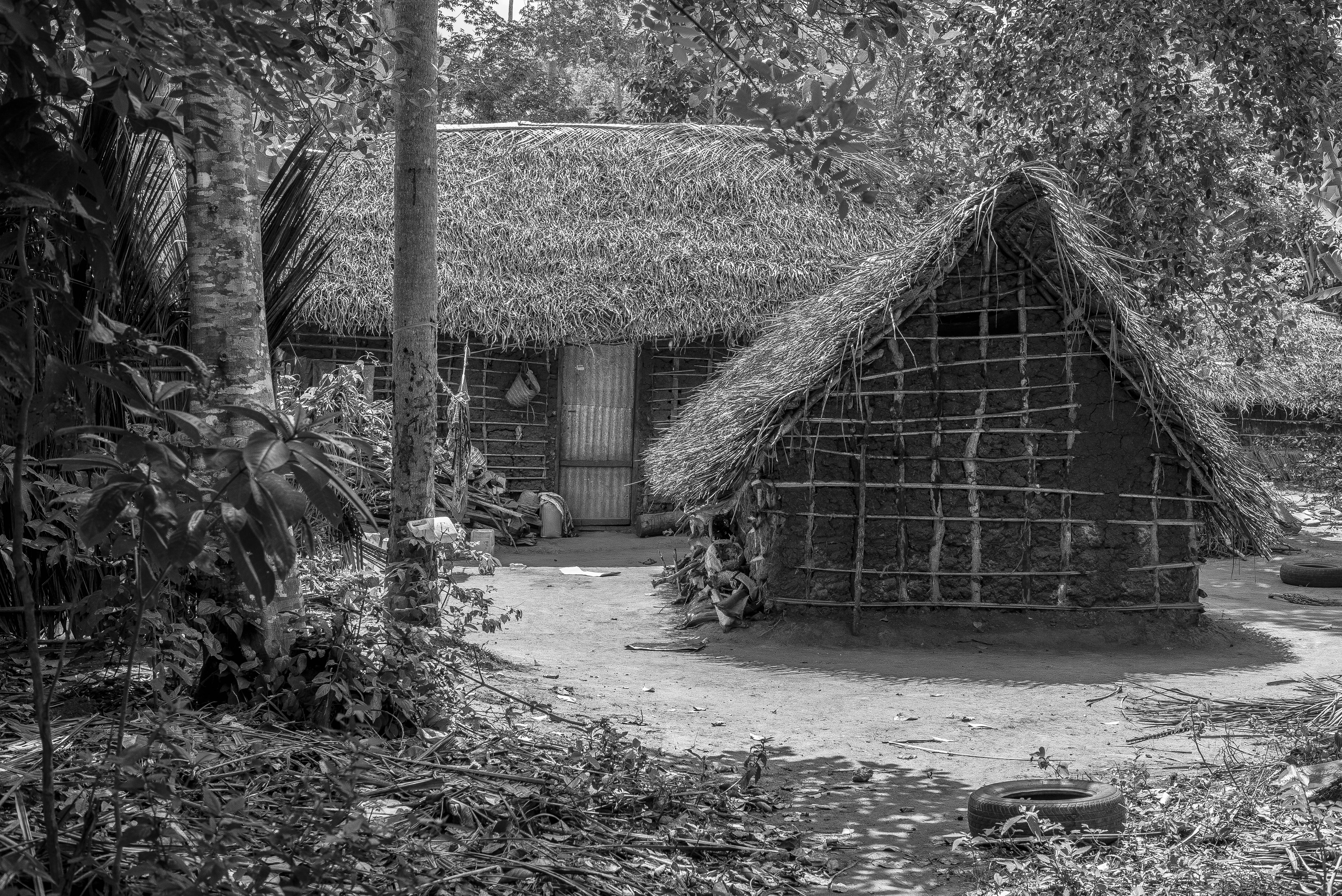
Spice Farm
A spice farm near Ngava, Zanzibar
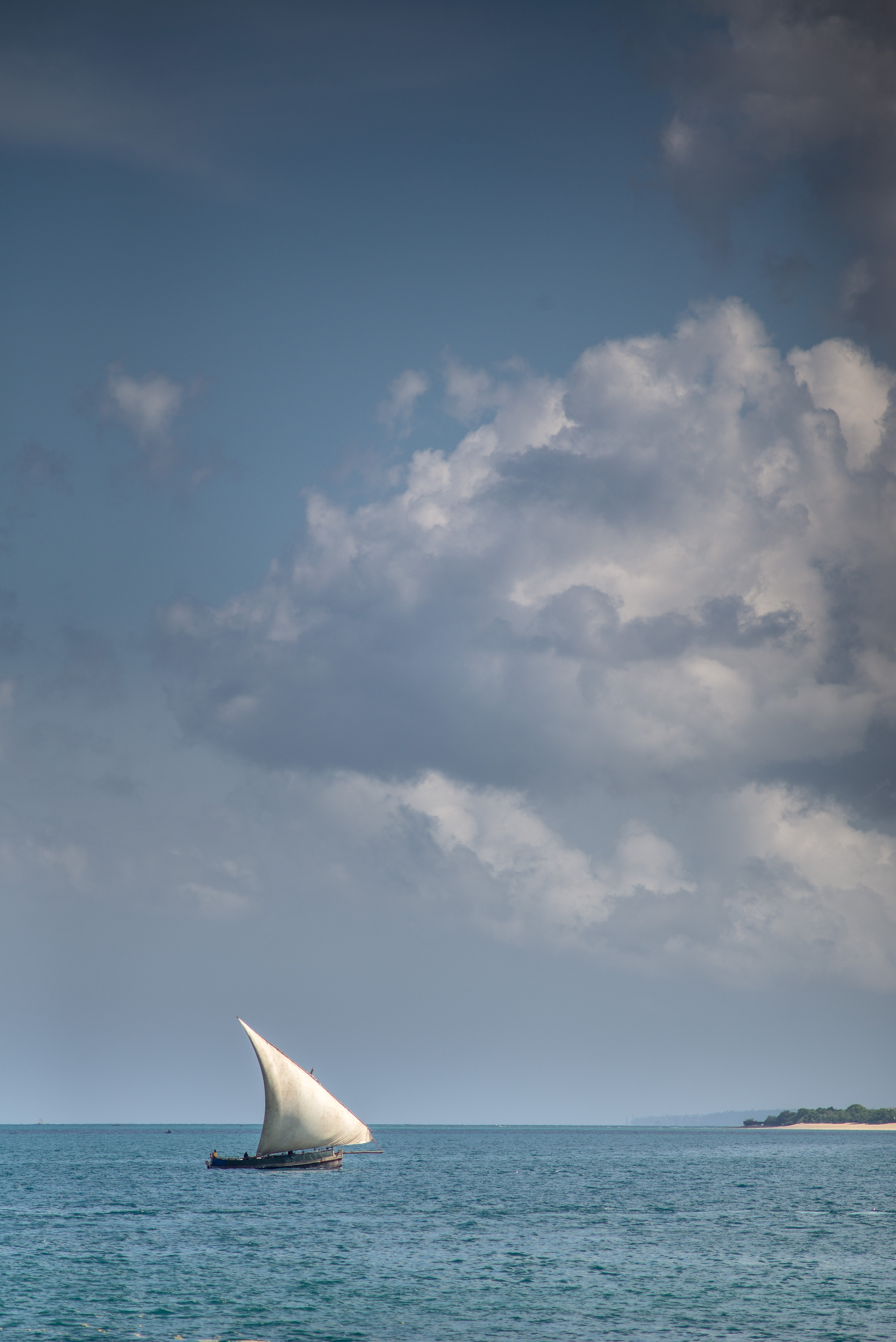
The classic sailing vessel with the lateen sails found along the coastal waters and here entering the harbour into Stone Town, Zanzibar.

Leave a Reply